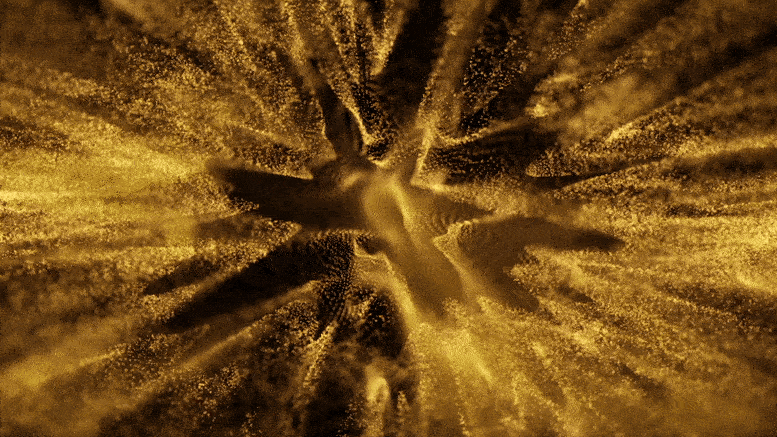
Researchers employed ultralow-temperature and high-energy resolution laser-based photoemission spectroscopy to study electron behavior during the transition from BCS (Bardeen-Cooper-Schrieffer) to BEC (Bose-Einstein condensate) states in a material. This exploration of electron behavior in these states contributes to a better understanding of superconductivity.
Superconductivity is a phenomenon where an electric circuit loses its resistance and becomes extremely efficient under certain conditions. There are different ways in which this can happen which were thought to be incompatible. For the first time, researchers discovered a bridge between two of these methods to achieve superconductivity. This new knowledge could lead to a more general understanding of the phenomena, and one day to applications.
If you’re like most people, there are three states of matter in your everyday life: solid, liquid, and gas. You might be familiar with a fourth state of matter called plasma, which is like a gas that got so hot all its constituent atoms came apart, leaving behind a super hot mess of subatomic particles. But did you know about a so-called fifth state of matter at the complete opposite end of the thermometer? It’s known as a Bose-Einstein condensate (BEC).
“A BEC is a unique state of matter as it is not made from particles, but rather waves,” said Associate Professor Kozo Okazaki from the Institute for Solid State Physics at the University of Tokyo. “As they cool down to near absolute zero, the atoms of certain materials become smeared out over space. This smearing increases until the atoms — now more like waves than particles — overlap, becoming indistinguishable from one another. The resulting matter behaves like it’s one single entity with new properties the preceding solid, liquid or gas states lacked, such as superconduction. Until recently superconducting BECs were purely theoretical, but we have now demonstrated this in the lab with a novel material based on iron and selenium (a nonmetallic element).”
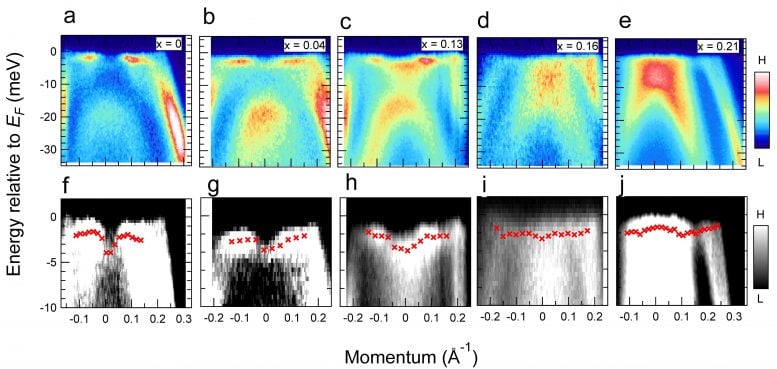
Polarized light images show researchers how electrons, represented by red crosses, in their test samples behave under different circumstances. Credit: © 2020 Okazaki et al.
This is the first time a BEC has been experimentally verified to work as a superconductor; however, other manifestations of matter, or regimes, can also give rise to superconduction. The Bardeen-Cooper-Shrieffer (BCS) regime is an arrangement of matter such that when cooled to near absolute zero, the constituent atoms slow down and line up, which allows electrons to pass through more easily. This effectively brings the electrical resistance of such materials to zero. Both BCS and BEC require freezing-cold conditions and both involve atoms slowing down. But these regimes are otherwise quite different. For a long time, researchers have believed that a more general understanding of superconduction could be reached if these regimes could be found to overlap in some way.
“Demonstrating the superconductivity of BECs was a means to an end; we were really hoping to explore the overlap between BECs and BCSs,” said Okazaki. “It was extremely challenging but our unique apparatus and method of observation has verified it — there is a smooth transition between these regimes. And this hints at a more general underlying theory behind superconduction. It is an exciting time to be working in this field.”
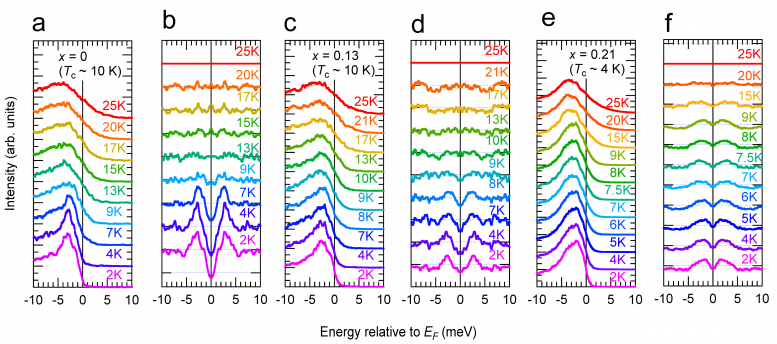
These colorful lines aren’t just for show, they tell researchers below which temperature, in this case about 10 kelvins, a sample exhibits superconducting behavior. Credit: © 2020 Okazaki et al.
Okazaki and his team used the method of ultralow-temperature and high-energy resolution laser-based photoemission spectroscopy to observe the way electrons behaved during a material’s transition from BCS to BEC. Electrons behave differently in the two regimes and the change between them helps fill some gaps in the bigger picture of superconduction.
Superconduction is not just a laboratory curiosity though; superconducting devices such as electromagnets are used in applications already, the Large Hadron Collider, the world’s largest particle accelerator, being one such example. However, as explained above, these require ultracold temperatures which prohibit the development of superconducting devices we might expect to see every day. So it’s no surprise there is great interest in finding ways to form superconductors at higher temperatures, perhaps one day even room temperature.
“With conclusive evidence of superconducting BECs, I think it will prompt other researchers to explore superconduction at higher and higher temperatures,” said Okazaki. “It may sound like science fiction for now, but if superconduction can occur near room temperature, our ability to produce energy would greatly increase, and our energy needs would decrease.”
Reference: “Bose-Einstein condensation superconductivity induced by disappearance of the nematic state” by Takahiro Hashimoto, Yuichi Ota, Akihiro Tsuzuki, Tsubaki Nagashima, Akiko Fukushima, Shigeru Kasahara, Yuji Matsuda, Kohei Matsuura, Yuta Mizukami, Takasada Shibauchi, Shik Shin and Kozo Okazaki, 6 November 2020, Science Advances.
DOI: 10.1126/sciadv.abb9052
This research is supported by supported by Grants-in-Aid for Scientific Research (KAKENHI) (Grant Numbers JP19H00651, JP19H01818, JP18H05227, JP19H00649, JP18H01177, JP18K13492, JP20H02600), and on Innovative Areas “Quantum Liquid Crystals” (Grant Number JP19H05824, JP19H05826) and “Topological Material Science” (Grant Number JP15H05852) from Japan Society for the Promotion of Science (JSPS). T.H. acknowledges the JSPS Research Fellowship for Young Scientists (DC2).

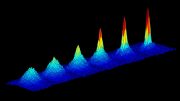
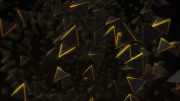
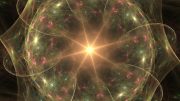
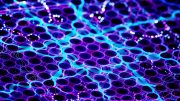
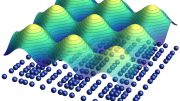
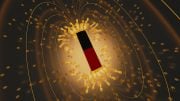
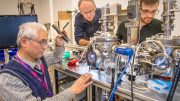
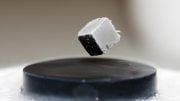
What are some of the practical applications of this phenomenon?
This is not new knowledge, author. Research the BCS BEC crossover, Deborah Jin or the 2016 Nobel prize in physics.
“Never thought possible.”. There in lies the problem. Our scientist are children in their known universe. The math they use is infantile. No progress is going to be made without AI math to break through bubble of ignorance we live in. just sayin’.
‘Impossible’ represents the limits of someone’s knowledge and imagination. Thankfully many don’t prescribe to limitations.